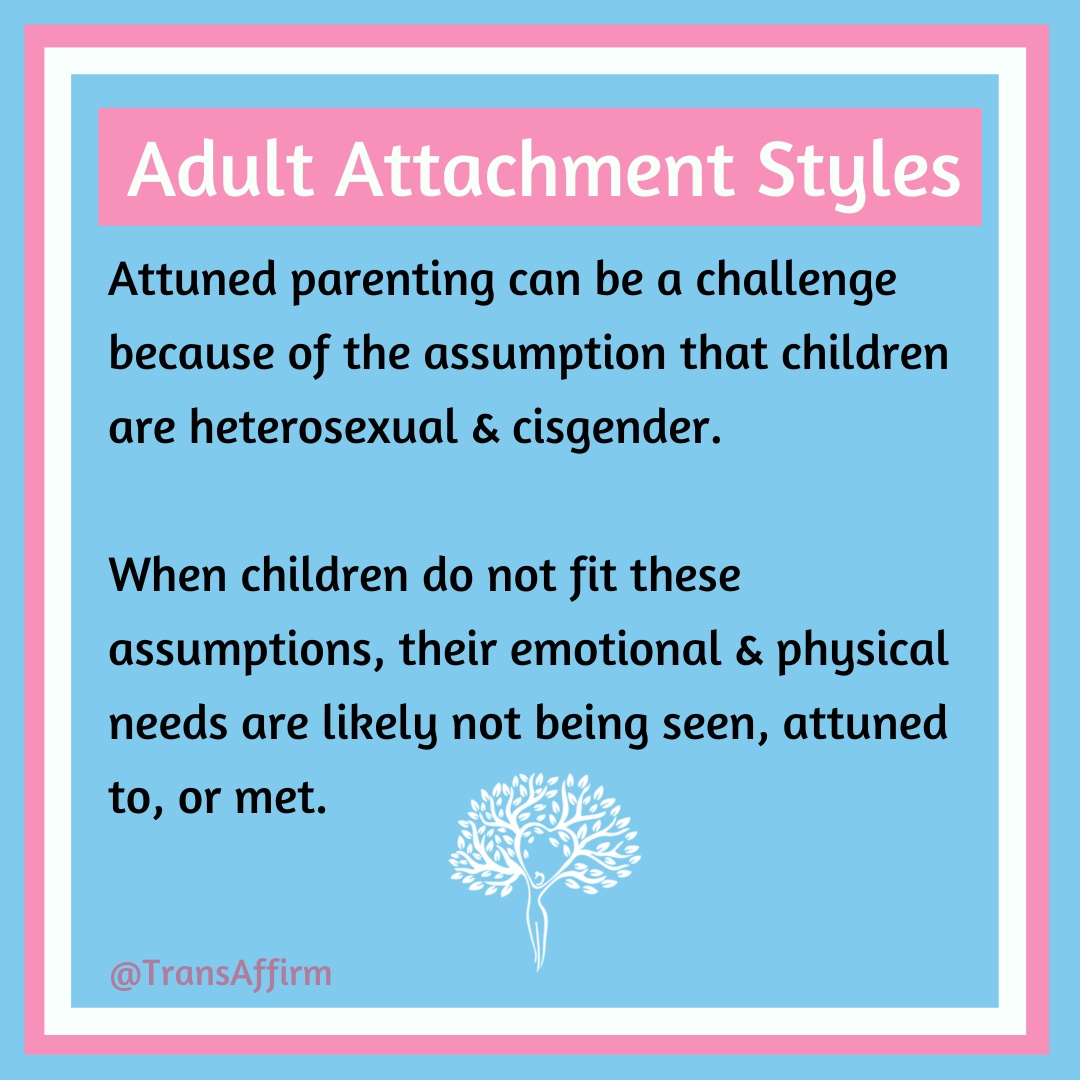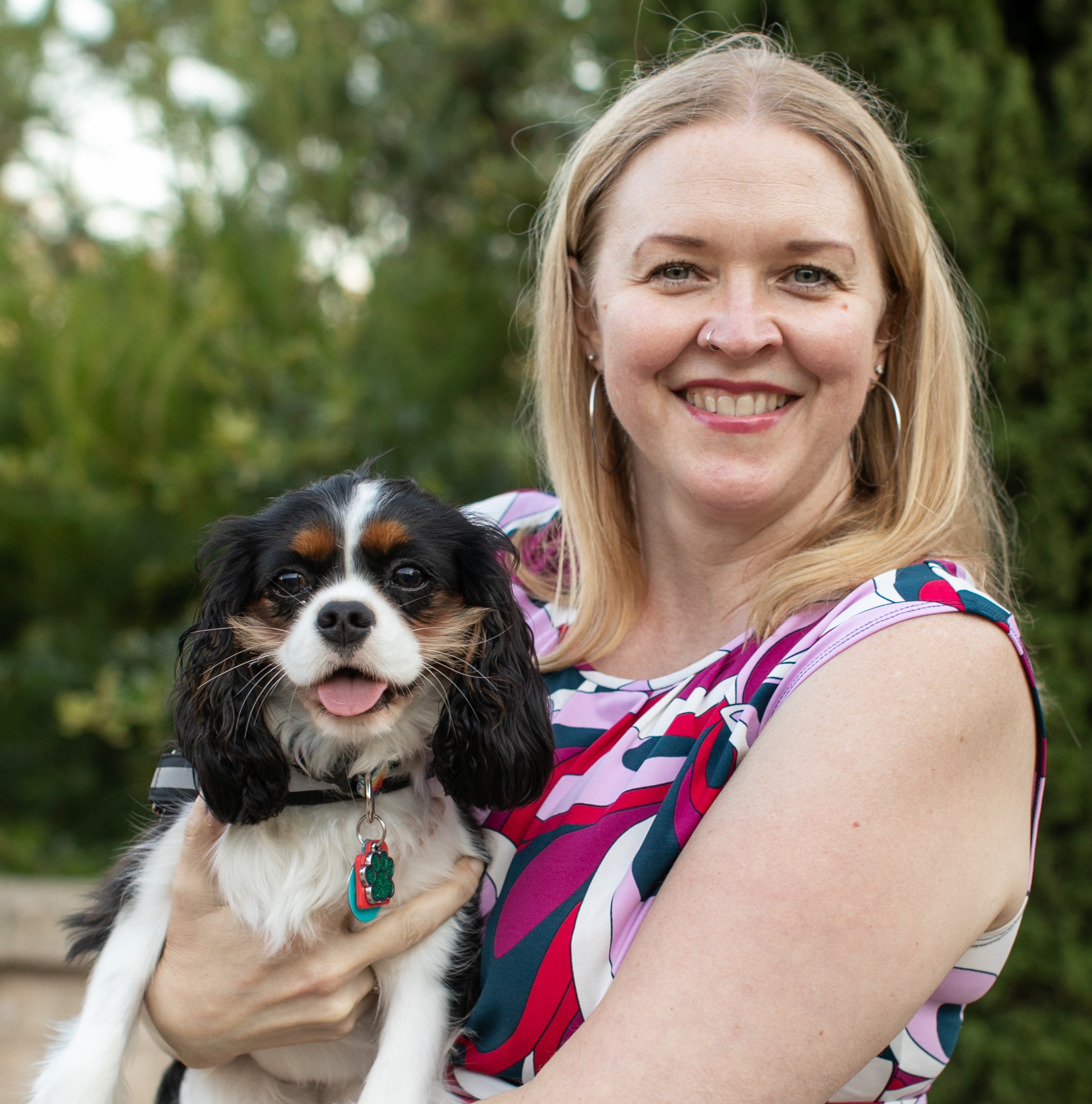Adult Attachment Styles
Attachment is the interpersonal bond between child and caregiver that is developed through the accumulation of all the successes and failures in the caregiver meeting the child’s needs for physical and emotional care.
From this relationship with our original caregivers, we develop working models of what we think about and expect in our relationships with others in adulthood. These working models are called attachment styles, and there are four adult attachment styles:
- Anxious or Preoccupied
- Avoidant or Dismissive
- Disorganized
- Secure
These attachment styles are not absolute, and not every person fits 100% in any single category.
These attachment styles are also not set in stone, our attachment styles can change due to our experiences in other relationships, from personal work and with therapy.
It is important to remember that you are not bad or wrong for having a particular style of attachment. It makes sense that you approach relationships this way given what you learned from your parents or caregivers.
It’s important to understand and have compassion for why relationships may be so difficult or scary for you. But change can happen with work and support.
It is also important to point out the reality that when kids are LGBTQIA+ parenting in a way that affirms and meets the emotional and physical needs of those kids can be quite challenging given the culture we live in (not because these children or their needs are challenging).
It can be a challenge even before the issue of coming out and how that impacts parenting and attachment.
Attuned parenting is a challenge because of the assumption that children are heterosexual and cisgender. When kids are queer and do not fit these assumptions, their emotional and physical needs are likely not being seen, attuned to, or met.
Then comes the parenting challenge of when kids come out and how that is responded to by parents can absolutely be affected by the attachment and in turn can affect the attachment.














